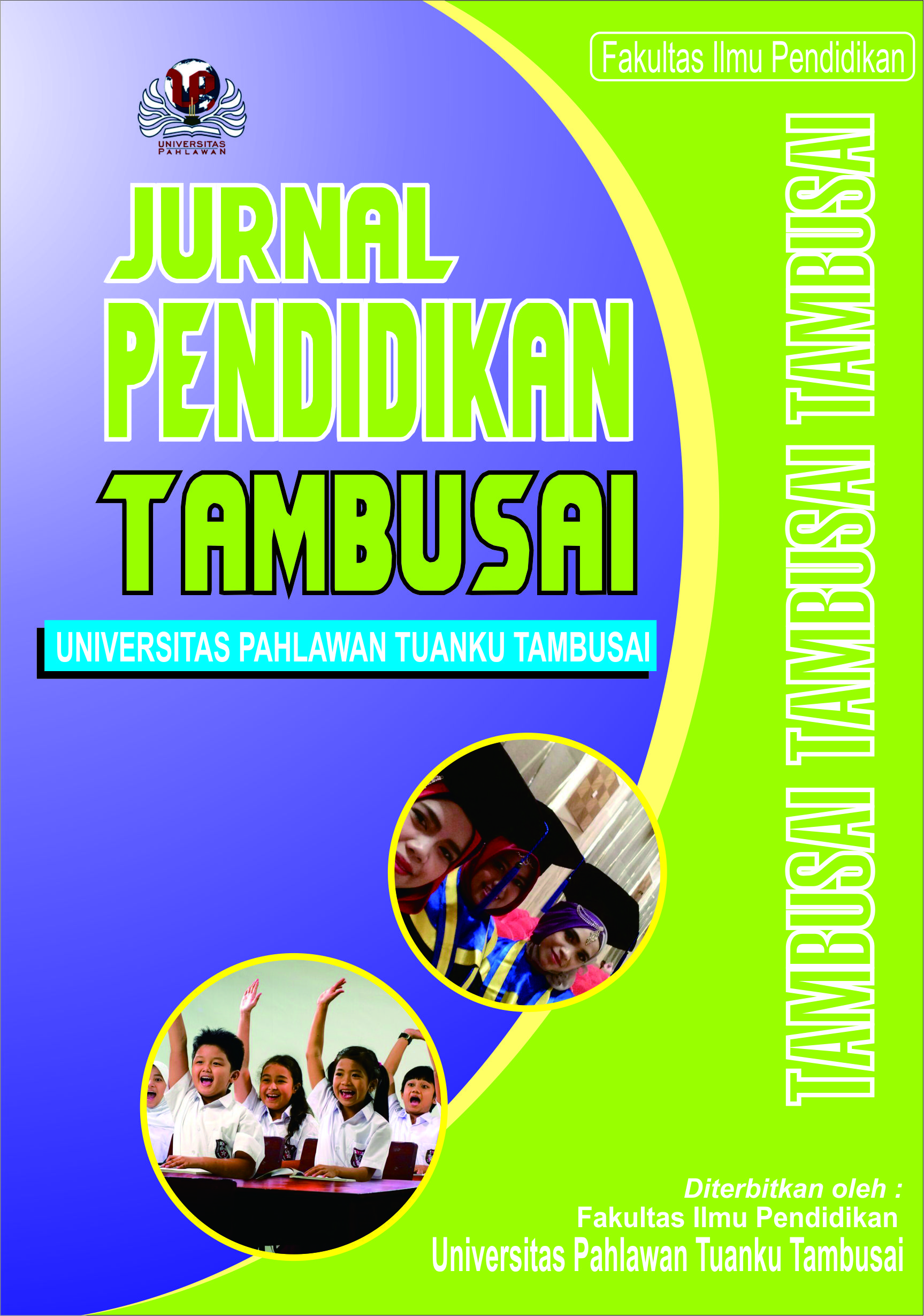Jurnal Hukum Perlindungan Saksi dan Korban "Menghadapi Tantangan Cyberbullying: Dampak dan Solusi"
DOI:
https://doi.org/10.31004/jptam.v8i1.13932Keywords:
Cyberbullying, Media Sosial, KorbanAbstract
References
https://itjen.kemdikbud.go.id/
Ayas, T. (2014). Prediction of Cyberbullying with Respect to Depression, Anxiety, and Gender Variables. Online Journal of Technology Addiction & Cyberbullying, 1, 1-17.
Patchin, J. W., & Hinduja, S. (2015). Measuring Cyberbullying: Implications for Research. Aggression and Violent Behavior, 1-6.
Karina, Hastuti, D., & Alfiasari. (2013). Perilaku Bullying dan Karakter Remaja serta Kaitannya dengan Karakteristik Keluarga dan Peer Group. Jurusan Ilmu Kel. & Kons., 6(1), 20-29.
Aronson, E., Wilson, T. D., & Akert, R. M. (2014). Social Psychology (8th ed.). New Jersey: Pearson Education.
Winoto, Y. (2019). Remaja Dan Pandangannya Terhadap Cyberbullying Pada Media Facebook. Commed: Jurnal Komunikasi Dan Media, 3(2), 121.
Pengaruh Cyberbullying Di Media Sosial Terhadap Perilaku Reaktif Sebagai Pelaku Maupun Sebagai Korban Cyberbullying Pada Siswa Kristen SMP Nasional Makassar. Jurnal Jaffray, 14(1), 43–62.)
Downloads
Published
How to Cite
Issue
Section
Citation Check
License
Copyright (c) 2024 Theodora Kristina Boleng

This work is licensed under a Creative Commons Attribution-ShareAlike 4.0 International License.
Authors who publish with this journal agree to the following terms:
- Authors retain copyright and grant the journal right of first publication with the work simultaneously licensed under a Creative Commons Attribution License that allows others to share the work with an acknowledgement of the work’s authorship and initial publication in this journal.
- Authors are able to enter into separate, additional contractual arrangements for the non-exclusive distribution of the journal’s published version of the work (e.g., post it to an institutional repository or publish it in a book), with an acknowledgement of its initial publication in this journal.
- Authors are permitted and encouraged to post their work online (e.g., in institutional repositories or on their website) prior to and during the submission process, as it can lead to productive exchanges, as well as earlier and greater citation of published work (See The Effect of Open Access).



